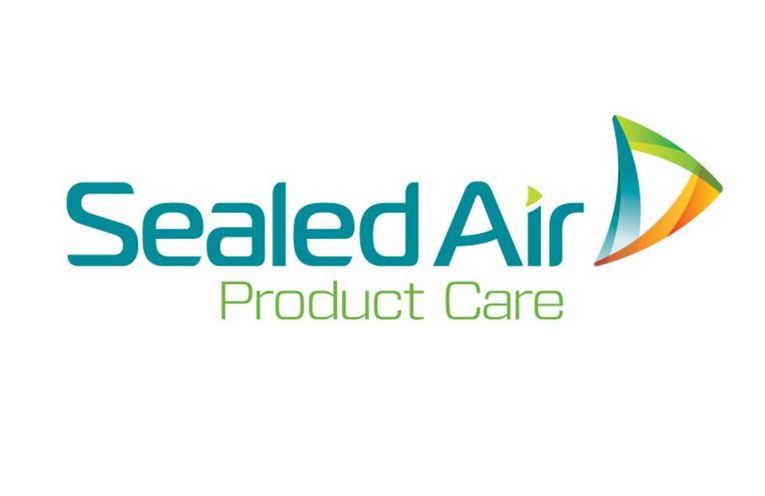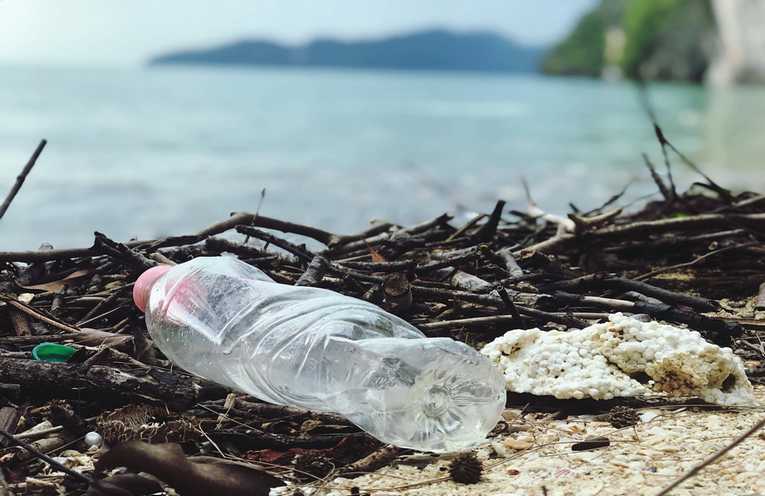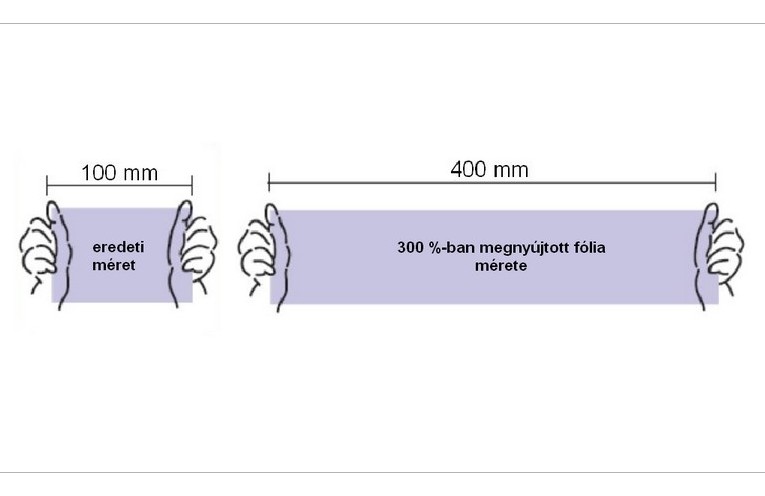Reducing consumer packaging waste in our world is a critical priority – not just for packaging manufacturers like Sealed Air, but for many of the businesses we work with that are responsible for making, selling and delivering consumer goods around the world. Nobody wants their brand to be associated with waste, or to be the target of consumer backlash. Consumers wield an enormous amount of influence on the sustainability conversation, but are we talking about the right things?
“End of life” for packaging material is often the first concern for consumers: Can the packaging be tossed into my curbside recycling bin? Insuring that the answer to that question whenever possible is “yes,” is what drives industry leaders to keep setting ambitious innovation goals, such as Sealed Air’s commitment to have 100 percent of our products be recyclable or reusable by the year 2025.

But by only focusing on whether a product can or can’t go into a consumer recycling bin, you might be missing out on the bigger picture of why you need packaging in the first place.
Don’t get me wrong – post consumer recycling is of the utmost importance when it comes to reducing and mitigating consumer packaging waste. But there are a few other questions that consumers may want to ask themselves, and ask of the brands, retailers and governmental organizations they interact with.
What environmental impact did this packaging prevent?
If you were to calculate the total environmental cost of manufacturing and shipping an item (for example a tablet computer), 98 percent of that cost would come from the materials, processes and transit required to make the item. Only two percent of the environmental cost comes from the materials, fuel and disposal associated with shipping the item.
The most important sustainability task that packaging performs is to prevent that 98 percent environmental cost from being incurred all over again as the result of damage during transit. It’s difficult for consumers to understand the amount of waste and energy that was prevented because of proper protective packaging (the same is true for food waste), but this calculation is critical to minimizing the overall environmental impact.
How was this packaging made?
Even though the environmental cost of manufacturing, using and disposing of delivering packaging is very small (two percent) as compared to the environmental cost of making the product inside (98 percent), how your packaging is made does matter. Was it made from recycled content? How much? If it’s a fiber-based material, was it sourced from a certified sustainable forest? Does the manufacturer employ closed-loop production facilities that recycle their own scrap and create zero waste?
Consumers can and should demand more from the retailers and brands they purchase from to ensure their products, and the packaging used to protect them, are sourced using recycled materials, regardless if they’re using fiber or plastic.
Is this packaging capable of being recycled?
Consumers often clamor for more packaging materials that “can be recycled.” What they don’t realize is that most of the packaging that enters their homes today is capable of being recycled and re-used. The problem for materials like flexible plastic is there is currently not enough infrastructure in place to sort, collect and recycle these materials.
Flexible plastics such as grocery store bags, bread bags and dry cleaning bags present serious challenges for material recovery facilities (MRFs) where the collection, sortation and sanitation processes are not designed to accommodate them.
While innovation leaders like Sealed Air continue to work intensely to invent new material formulations that will make more packaging eligible for today’s recycling streams, consumers should put energy toward activating their local governments and municipalities to take action to redesign, retrofit and modernize their recycling collection streams. There are already pilot city programs taking this approach with support from the American Chemistry Council, Sealed Air and other major partners including Dow, Nestle and SC Johnson.
Changing how consumers think about recycling and the broader implications of environmental cost is a complex challenge. Use the hashtag #SEEsustainability to share your thoughts and ideas with us on Twitter (@SealedAirPack) about how to amplify this conversation.
forrás: sealedair.com 2018.10.30





